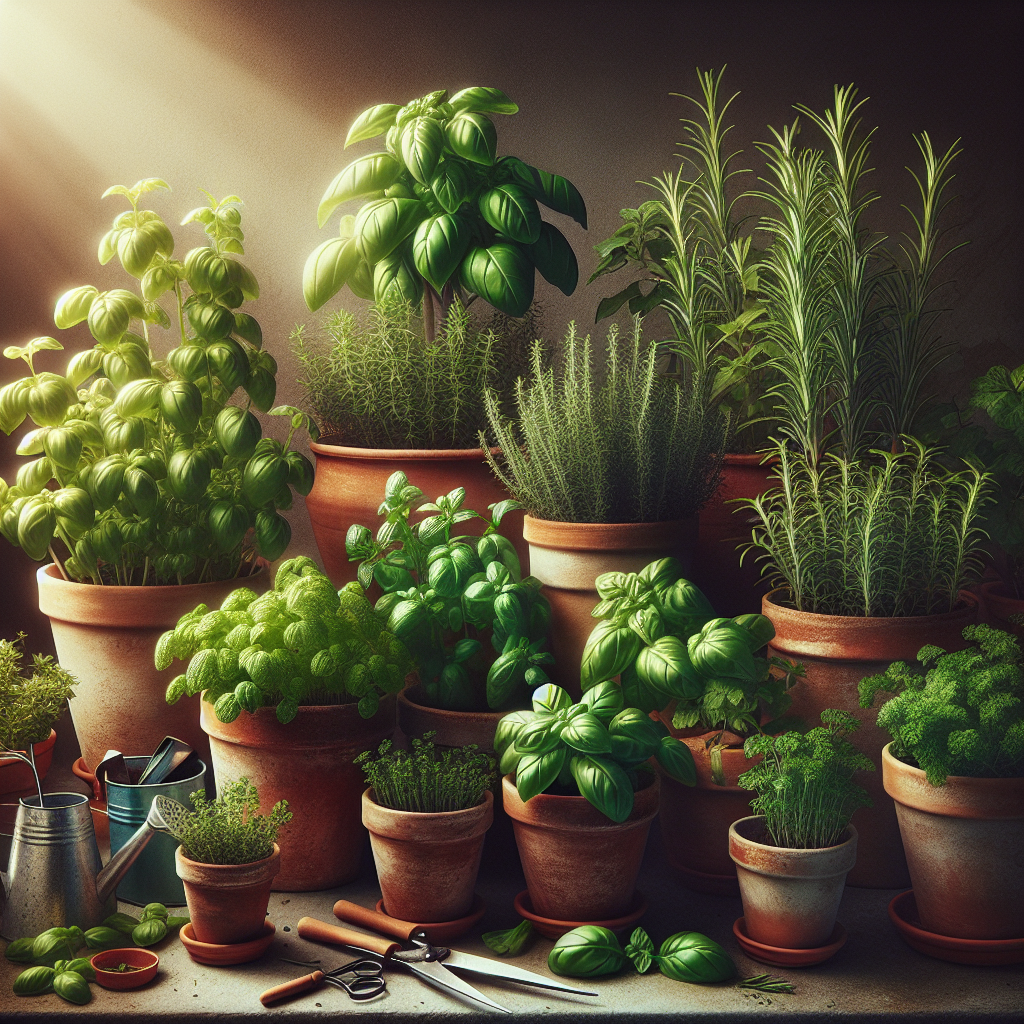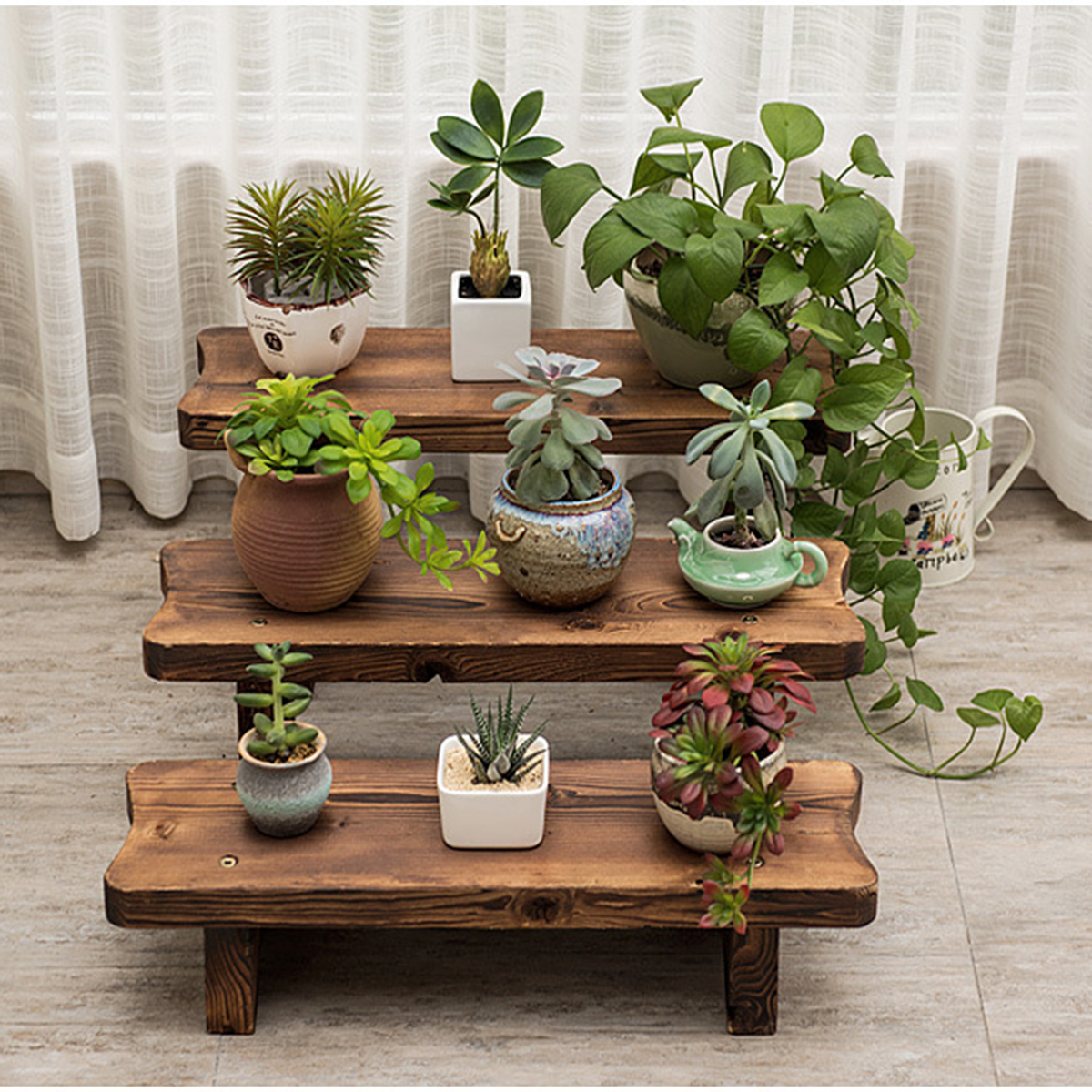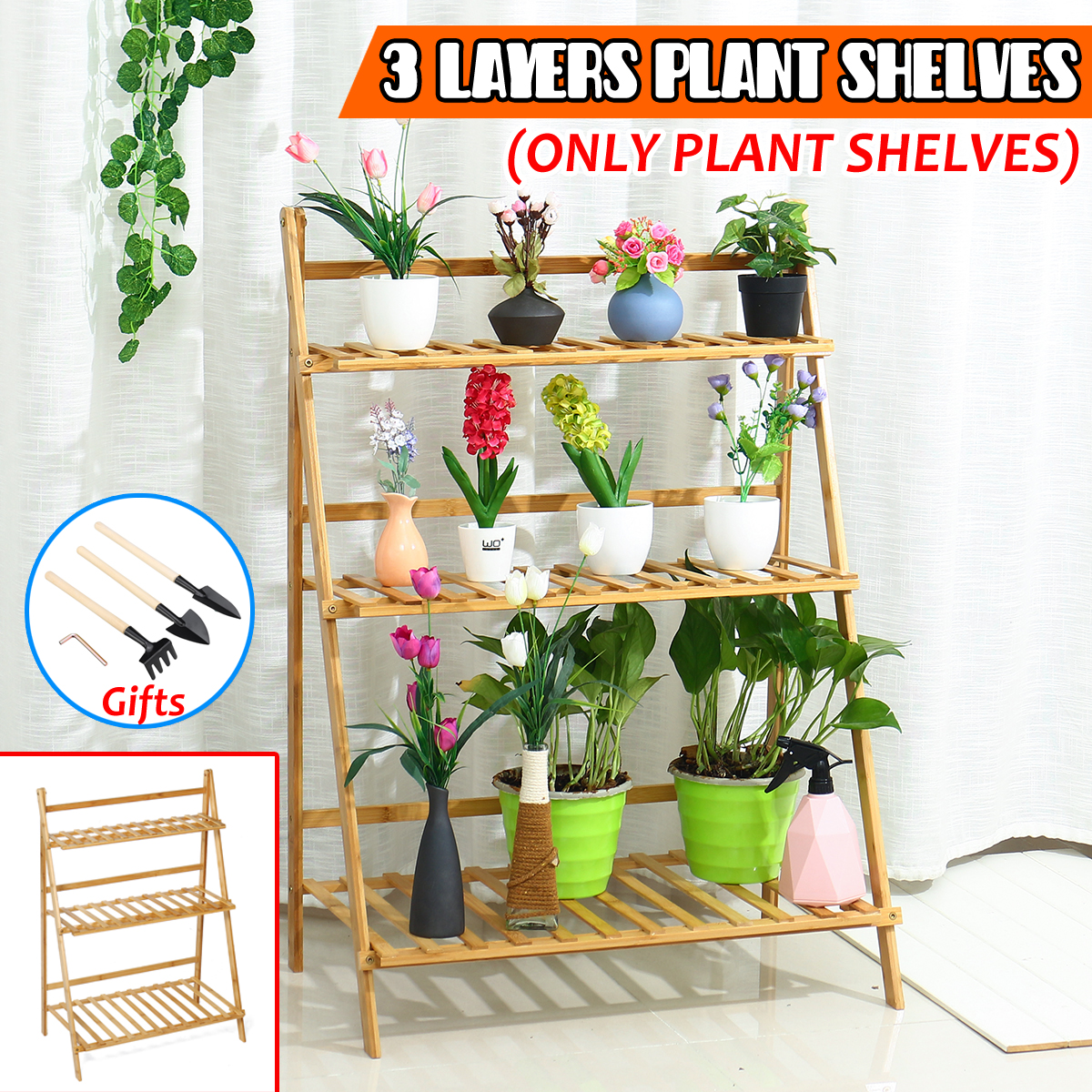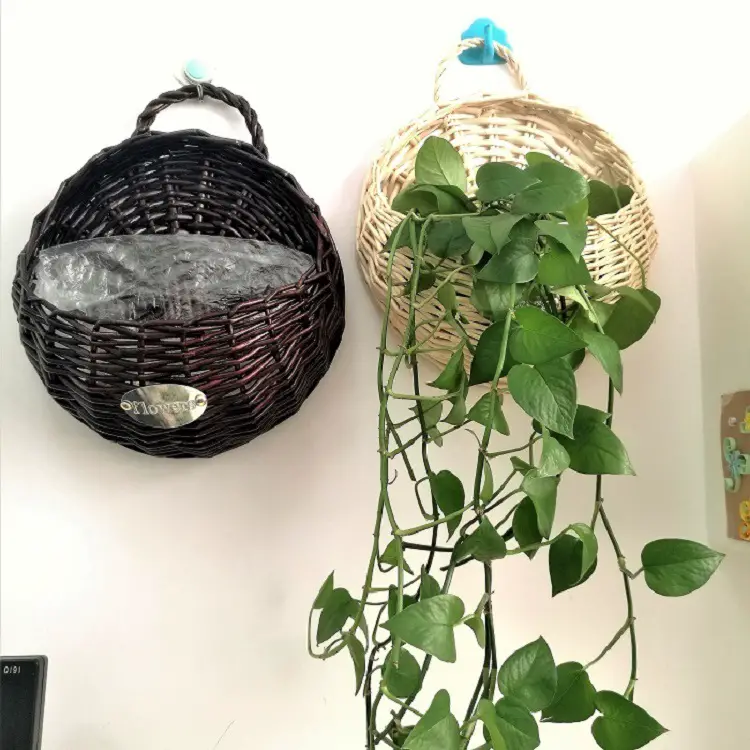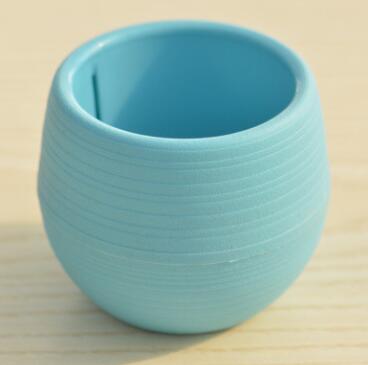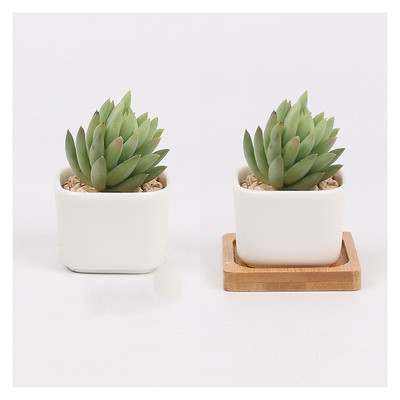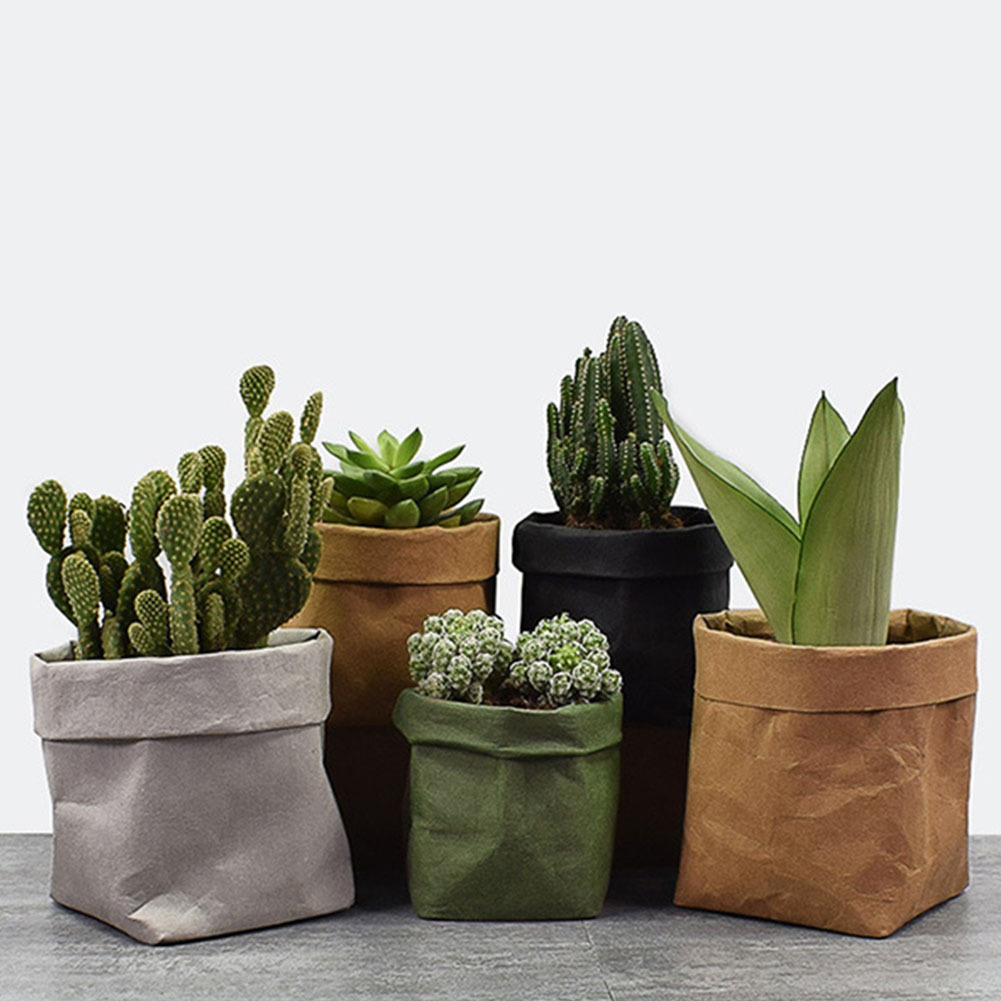Title: Top Herbs to Grow and Enjoy in Your Kitchen Container Garden
In recent years, the concept of urban gardening has bloomed in epic proportions, with more people than ever seeking sustainable, easy-to-maintain methods to incorporate greenery into their daily lives. Among these methods, the kitchen container garden has emerged as a popular choice, allowing aspiring gardeners—even those with minimal space—to cultivate fresh herbs right where they are most useful. Not only do these herbs enhance our culinary endeavors, but they also offer a range of benefits that extend far beyond the plate.
How Container Gardens Can Benefit Your Mental Health
Before delving into specific herbs, it’s essential to understand the overarching advantages of nurturing a container garden. Besides the obvious culinary benefits, there is substantial evidence suggesting that engaging in gardening can significantly bolster mental health. The act of tending to plants offers a sense of accomplishment and purpose, which can lead to improved mood and reduced stress levels. Observing the tangible growth resulting from one’s efforts serves as a natural therapy, generating feelings of tranquility and satisfaction.
This practice is particularly beneficial in urban environments, where greenery might be scarce. Container gardening provides a vital connection to nature, helping to alleviate the feelings of anxiety and depression that are sometimes associated with city living. Moreover, the sensory experiences—textures, smells, and even the sounds of growth—contribute to a holistic mental wellness regimen.
Micro-gardens for All Seasons: Thriving with Containers
Decking out your kitchen with a variety of herbs not only adds color and fragrance to your space but also ensures you have an abundance of flavors throughout the year. Thanks to the adaptability of micro-gardens, thriving with containers is feasible for all seasons. Herb containers can be easily moved to take advantage of optimal sunlight and sheltered from extreme weather, making them a resilient gardening strategy irrespective of geographical location.
Moreover, the compact size of containers suits the hermitic nature of many herbs. They prefer limited root space which often makes container planting more successful than traditional garden beds. Additionally, the ease of rearranging pots indoors or outdoors allows you to optimize climates for growth, ensuring your garden remains productive year-round. Thus, even in the chill of winter or the peak of summer, your micro-garden will flourish with the right selection and care.
Top Herbs to Grow in Your Kitchen Container Garden
-
Basil
Among the most beloved and versatile culinary herbs, basil thrives in containers. With its vibrant green leaves and intoxicating aroma, basil is indispensable in many dishes, from Italian to Thai cuisines. For optimal growth, basil needs warmth and sunlight—at least six hours of sunlight a day. Regular pruning encourages bushy growth, which not only increases yields but also extends the life of the plant. Whether you’re making pesto or garnishing a margherita pizza, having fresh basil at your fingertips is a culinary luxury. -
Mint
Mint is a vigorous grower, making it ideally suited for container gardening where its rapid spread can be contained. Known for its refreshing flavor, mint is perfect for everything from mojitos to teas. It thrives in partial shade with plenty of moisture. If you wish to grow multiple varieties, such as peppermint and spearmint, it’s best to segregate them to prevent flavor intermingling. -
Parsley
This biennial herb is a staple in many dishes across cuisines. Flat-leaf or Italian parsley is particularly favored by chefs for its robust flavor. Parsley containers should be placed in sunny locations, although it can tolerate some shade. Regular trimming enhances its lushness, and like basil, it can be continuously harvested throughout the growing season. -
Thyme
Characterized by its tiny, aromatic leaves, thyme is a resilient herb that requires minimal maintenance. It thrives in well-drained soil and benefits from plenty of sunlight, making it perfect for kitchen windowsills. Thyme’s earthy flavor complements an array of dishes, from roasted meats to marinades. -
Oregano
Oregano is synonymous with Mediterranean cooking. This perennial herb bears small, pungent leaves that can withstand drying, making it particularly useful for preserving. Oregano prefers a sunny spot and slightly dry soil conditions. Its vigorous nature means it will do well in containers, providing a continuous supply of harvestable leaves. -
Chives
Featuring a mild onion flavor, chives are a chef’s delight for garnishing soups, salads, and eggs. Chives thrive in bright light and are quite hardy, making them ideal for beginner gardeners. They also produce beautiful edible flowers, adding visual appeal to your kitchen garden. -
Cilantro
Also known as coriander, cilantro is an herb that often sparks love or hate responses due to its distinct flavor. It’s a quick-growing herb which prefers cooler temperatures compared to others on the list. Regular harvesting is necessary to prevent bolting, which happens quickly in warm weather. Its leaves and seeds are both useful in cooking, especially in Latin and Asian dishes. -
Rosemary
A robust herb with needle-like leaves, rosemary is valued for its rich, piney aroma. It requires full sun and well-drained soil. Rosemary’s versatility in recipes—ranging from roasted potatoes to lamb—makes it a valuable addition to any kitchen container garden. Additionally, rosemary serves an ornamental role with its lovely blue flowers and sprawling, shrubby growth. -
Sage
Famous for flavoring poultry and traditional stuffing, sage is a hardy perennial with soft, silvery leaves. It grows best with plenty of sunlight and infrequent watering, attesting to its resilience. Sage can be a striking plant in your collection, offering both culinary and ornamental value.
Tips for a Successful Kitchen Container Herb Garden
While container gardening is largely straightforward, maintaining a thriving herb garden requires attention to detail. Here are a few tips to ensure success:
-
Choose the Right Container: Select pots with adequate drainage holes to prevent waterlogging. Consider the material of the container as well; porous materials like clay might dry out more quickly than plastic.
-
Use Quality Potting Mix: Herbs typically need well-draining soil. Invest in a good-quality potting mix, possibly with added vermiculite or perlite to enhance drainage.
-
Water Wisely: Overwatering is a common mistake. Allow the soil to dry slightly between waterings to prevent root rot. Each type of herb will have specific watering needs, so familiarize yourself with each plant’s requirements.
-
Consider Companion Planting: Some herbs, like basil and oregano, complement each other not just in recipes but also when grown together. Companion planting can enhance growth and deter pests.
-
Regular Pruning and Harvesting: Herbs like basil and mint benefit from regular pruning, which encourages bushy and healthy growth. Harvest often but never remove more than a third of the plant at once.
-
Adjust for Light Needs: Light is the most critical component, with most herbs requiring between six to eight hours of sunlight per day. South-facing windowsills are ideal, but supplemental grow lights can be used for less sunny spaces.
Conclusion
Creating a kitchen container garden filled with a variety of fresh herbs is a rewarding endeavor that can enhance both your cooking and your mental well-being. By choosing herbs that suit your tastes and environment, and by following sound gardening practices, you can enjoy fresh flavors and the joys of gardening through every season.
Whether you’re a culinary aficionado, a beginner gardener, or simply someone seeking a new hobby, container herb gardening offers something for everyone. Embrace the green-thumb adventure and savor the bounties of your very own micro-garden, where every snip and snip provides a fresh burst of flavor and fulfillment. The journey from seed to plate is one that nourishes the body, mind, and soul in the most delightful ways.


